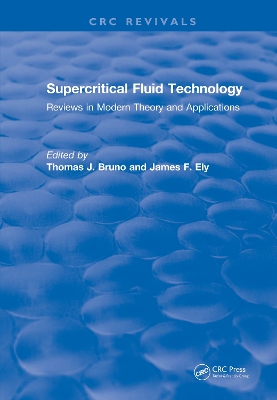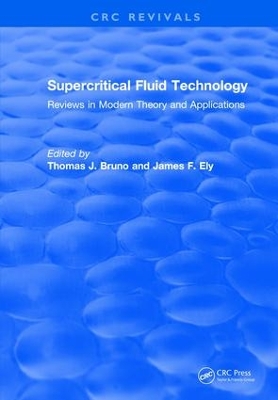CRC Press Revivals
2 total works
In this volume, we have collected a series of reviews that cover both experimental and theoretical work geared toward the more exact requirements of current SFE applications. While we have artificially divided the volume into experimental and theoretical sections, natural overlaps will be apparent. Many of the papers on experimental and theoretical sections, natural overlaps will be apparent. Many of the papers on experimental technique contain discussions on equation of state correlations. Indeed, a good deal of the experimental work is intimately tied to a mathematical description of fluid mixtures.
The theoretical section presents reviews that cover the modern theory of critical phenomena, methods to correlate near critical experimental results and approaches to understanding the behavior of near critical fluids from microscopic theory. It is hoped that the scope of these reviews will provide the reader with the basis to further develop our understanding of the behavior of supercritical fluids.
Revival: Supercritical Fluid Technology (1991)
by Thomas J Bruno and James F Ely
In this volume, we have collected a series of reviews that cover both experimental and theoretical work geared toward the more exact requirements of current SFE applications. While we have artificially divided the volume into experimental and theoretical sections, natural overlaps will be apparent. Many of the papers on experimental and theoretical sections, natural overlaps will be apparent. Many of the papers on experimental technique contain discussions on equation of state correlations. Indeed, a good deal of the experimental work is intimately tied to a mathematical description of fluid mixtures.
The theoretical section presents reviews that cover the modern theory of critical phenomena, methods to correlate near critical experimental results and approaches to understanding the behavior of near critical fluids from microscopic theory. It is hoped that the scope of these reviews will provide the reader with the basis to further develop our understanding of the behavior of supercritical fluids.

